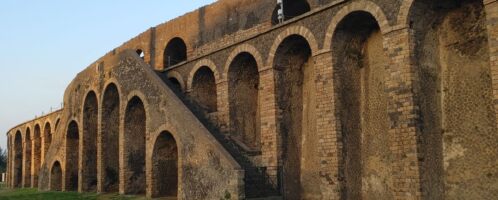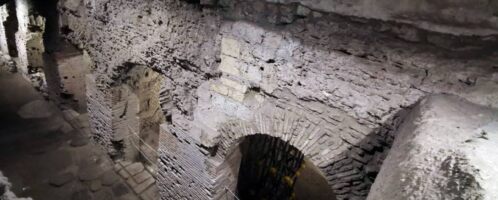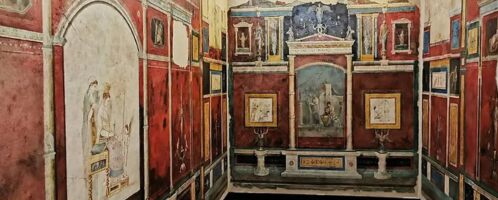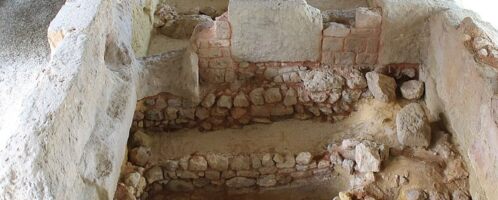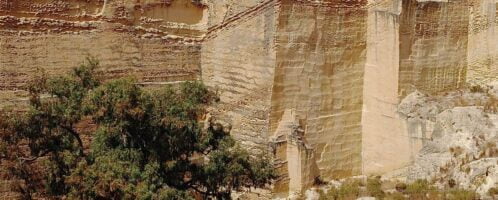Pantheon and secrets of its creators
Pantheon seems to be a perfect building – entire volumes have been written about the perfection of its dome. Next: about the proportions of its rotunda. When we stand close to a temple, we usually do not pay attention to certain irregularities in its shape. Yet some experts note that during the construction of the Pantheon, not everything probably went according to the architects’ intentions.



